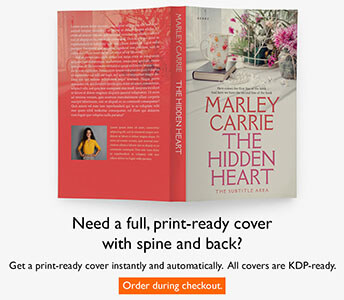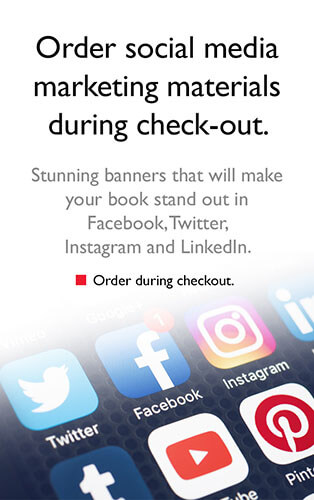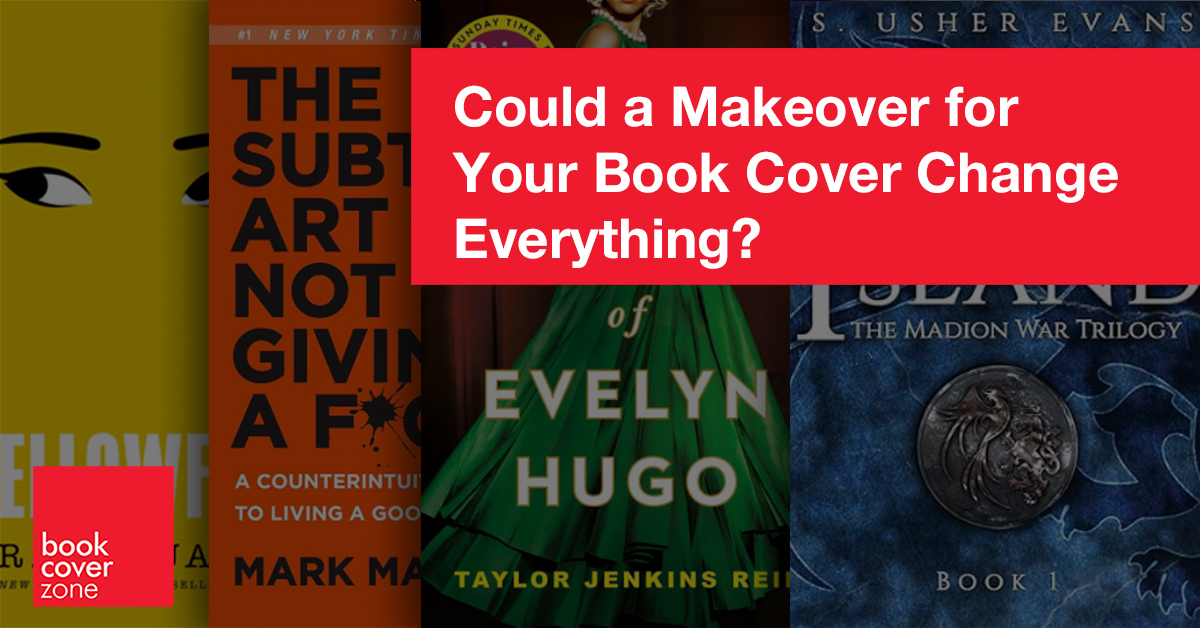Yes! We live in an age of design. Victor Hugo might have gotten away with a plain brown wrapper for Les Misérables, but today’s readers expect more than just a name on a spine. In a world where attention spans are measured in milliseconds and competition is fierce, a book cover isn’t just packaging—it’s a promise, a mood, and sometimes even a spoiler. A stunning, thoughtfully designed cover can stop a scrolling thumb, spark curiosity, and turn a casual browser into a devoted reader. So while Hugo’s masterpiece might have survived the centuries on literary merit alone, in our visually driven era, a book’s cover could very well be the difference between obscurity and overnight sensation.
1. First Impressions Are Everything

Consider this: 57% of readers admit to buying books solely based on their covers, while 80% avoid books because of unappealing ones. That’s not just a statistic—it’s a wake-up call. A striking cover grabs attention in a split second, whether on a crowded bookstore shelf or as a thumbnail in an endless online scroll. For example, when R.F. Kuang’s Yellowface hit the market, its bold yellow cover was instantly recognizable, making it a viral sensation across social media and boosting sales without readers even needing to see the title.
Source: Why judging a book by its cover matters: the importance of professional book cover design for independent authors By Hannah Bickerton•July 26, 2023
2. Covers Create Emotional Connections
A well-crafted cover does more than attract the eye—it sparks intrigue and emotional resonance. It hints at the story’s mood, genre, and promise, inviting readers to imagine themselves inside its pages. When the historical fiction novel in one case study received a cover redesign that reflected its rich setting and emotional depth, sales and reader engagement soared, proving that the right imagery can turn casual browsers into devoted fans.
3. Visibility Means Viability
In the digital age, visibility is currency. Eye-catching covers get prime placement in stores and are more likely to be featured online, leading to increased clicks and, ultimately, sales. In a controlled experiment, redesigned book covers generated 51% more clicks than their originals, with some titles seeing a click-through boost of up to 122%. The message is clear: a great cover doesn’t just sit pretty—it works overtime to get your book noticed.
Source: How cover design can increase book visibility by 50% (or more), by Kelly Morr, 99 Design
4. The Power of the Redesign

Sometimes, all it takes to revive a book’s fortunes is a new look. Elliott Scott, a science fiction author, saw his sales skyrocket after a cover redesign for his Spectrum Lathe series. Previously overlooked, the refreshed covers finally spoke to his target audience and propelled his books up the Amazon charts.

Similarly, S. Usher Evans’s fantasy novel The Island experienced a 164% increase in clicks after a professional redesign, demonstrating the transformative power of updated visuals.
5. Social Media Loves a Showstopper
Let’s not underestimate the power of “bookstagram” and TikTok. Visually stunning covers are more likely to be shared, photographed, and hyped online, creating buzz that translates directly into sales.

Publishers have even started releasing special editions with decorated edges and elaborate designs, enticing fans to buy multiple copies—just look at the surge in sales for titles like The Seven Husbands of Evelyn Hugo when reissued in deluxe editions with dazzling covers.
6. A/B Testing Maximizes Impact

Sometimes, publishers test multiple covers to see which one performs better. For Mark Manson’s The Subtle Art of Not Giving a F*ck, two covers were tested—one bright orange, one more subdued. The orange cover led to a 50% increase in click-through rates and, consequently, higher sales. This demonstrates how a bold, strategic design choice can directly influence a book’s commercial success.
Source: Book cover design: Case Studies: Successful Book Cover Designs and Their Impact, FirstCapital
6. Genre Clarity Attracts the Right Readers
A book cover is a silent signal to readers about what kind of story awaits inside. If your cover doesn’t clearly communicate its genre, you risk missing your target audience entirely—or worse, attracting the wrong one, leading to disappointed reviews and sluggish sales.

For example, D.F. Hart’s thriller series initially featured covers that were vague and generic, failing to convey the pulse-pounding suspense and intrigue of her stories. As a result, the books languished in obscurity, often mistaken for other genres. After investing in a redesign with moody colors, bold fonts, and imagery that screamed “thriller,” the books suddenly started landing in the hands of the right readers. Sales surged, reviews improved, and the series found its true fan base.
Source: THE IMPACT OF BOOK COVERS ON MARKETING AND SALES, IR Staff, 2024
6. Branding Builds Loyalty
A cohesive, attractive cover design across a series not only boosts individual book sales but also builds brand recognition and reader loyalty. When a fantasy saga underwent a series-wide redesign, the unified visual identity helped readers easily identify new installments, encouraging repeat purchases and sustaining long-term sales.







